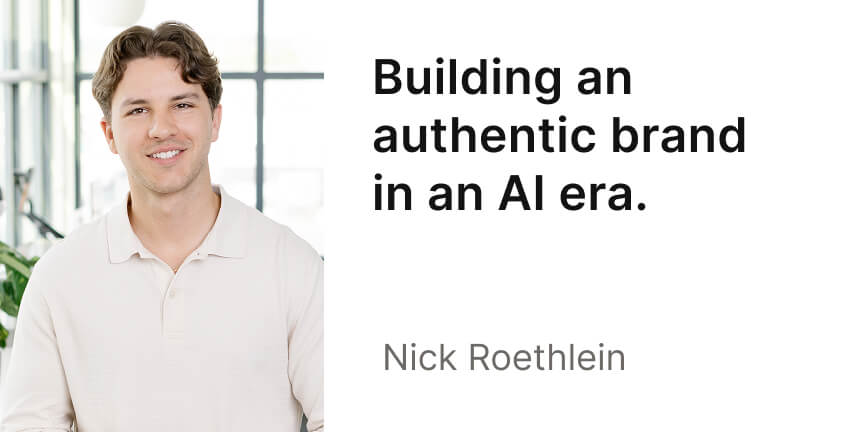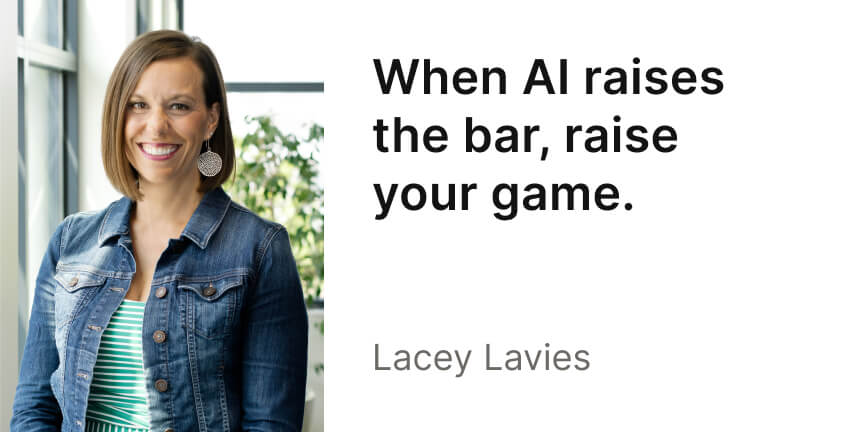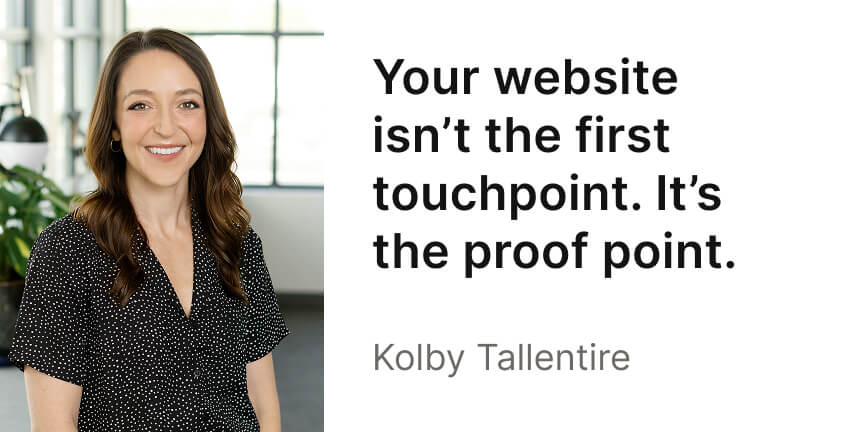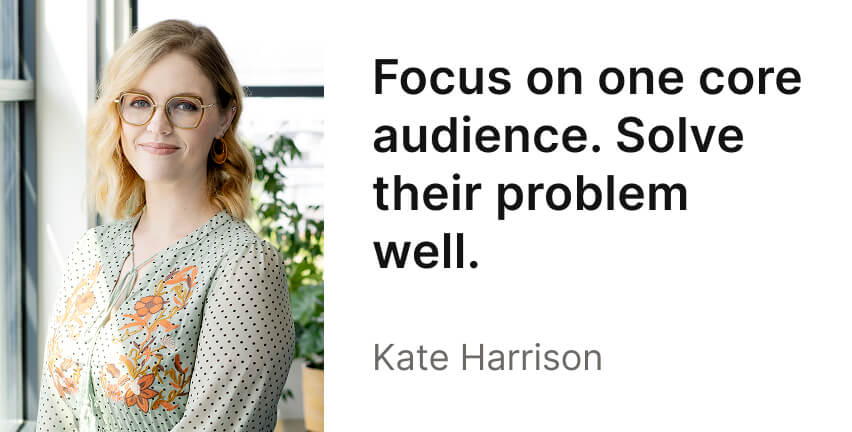Our experts.
Their insights.
.gif)
Our insights on
Building an authentic brand in an AI era.

You have to risk being human.
Every day, I see brands investing in AI (good thing) but using it to churn out the same safe, commoditized voice (bad thing). That voice—the overly polished and forgettable one—falls into what I call the AI-slop bucket.
The companies winning right now aren’t using AI to find their voice. They’re using it to push the one they already have even further. They’re ditching what feels safe for what builds real affinity by getting uncomfortably specific, opinionated, and intentionally imperfect.
We saw this firsthand with Arlow, a company redefining what it means to age on your own terms. In a space full of soft-spoken, gentle messaging, they’ve chosen a firmer tone that treats older adults and families as capable, not fragile.
One that shows how being loving and uncompromising don’t have to be mutually exclusive. It’s bold, opinionated, and exactly what stands out.
That’s how you build a brand buyers actually believe in.
Our insights on
When AI raises the bar, raise your game.
AI has raised the bar for what’s possible in product strategy and UX and it’s also raised expectations on speed and outcomes. The human element hasn’t been replaced, but it has been challenged to level up. The best teams aren’t leveraging AI to do all of the work for them, they’re using it to push their thinking further. AI is a brilliant thought partner, but it doesn't replace creative or strategic thinking. It sparks ideas, but it can’t connect them to the nuances and intricacies of your product, your users, or your business goals.
That’s where expertise, instinct, and good old fashioned brainpower come in. Trust your skill, trust the product wisdom you possess. Use the tools, but don’t let them dull your judgment. The future belongs to teams who know when to leverage AI, and when to take the wheel themselves.
Our Insights on
Stop building for buyers. Start building for users.

The days of building software to impress buyers are over.
You can win the demo, but if users struggle once they’re inside the product, you’ve already lost. Too many companies say “yes” to every feature request and end up with a product built in silos—disconnected, inconsistent, and painful to use.
Saying “no” can feel costly in the moment. But saying “yes” too often confuses ten customers to please one. A clear product vision, backed by design systems and deep user understanding, is what turns impressive demos into products people actually love to use.
We helped Coursedog bring consistency to a platform struggling with cross-product adoption. Starting with nine integrated modules implemented nine different ways, we introduced a cohesive design system and simplified navigation to direct users to the most valuable workflows and drove user confidence in adopting new features.
Our insights on
Investors don’t need a pitch. They need a story.
When you’re pitching investors, you’re not selling your product—you’re selling your business. Too many founders rely on their sales deck, assuming what resonates with customers will convince investors. It won’t. This audience doesn’t need a demo; they need to understand your market, your business performance, and your vision for what’s next.
What investors look for changes as you grow. At the early stage, you’re pitching the problem, the opportunity, and yourself—the founder behind it. At that point, they’re betting on your idea and your conviction. By Series A, the story shifts. You don’t need to convince anyone there’s a market; you need to prove it. Show the growth, not the features. The data does the convincing now.
Working closely with so many VC-backed companies, we see how easy it is to blur those lines—a strong product story that doesn’t yet speak the investor’s language. Once the story shifts from what the product does to how the business performs, the opportunity becomes undeniable.
Our Insights on
Your website isn’t the first touchpoint. It’s the proof point.
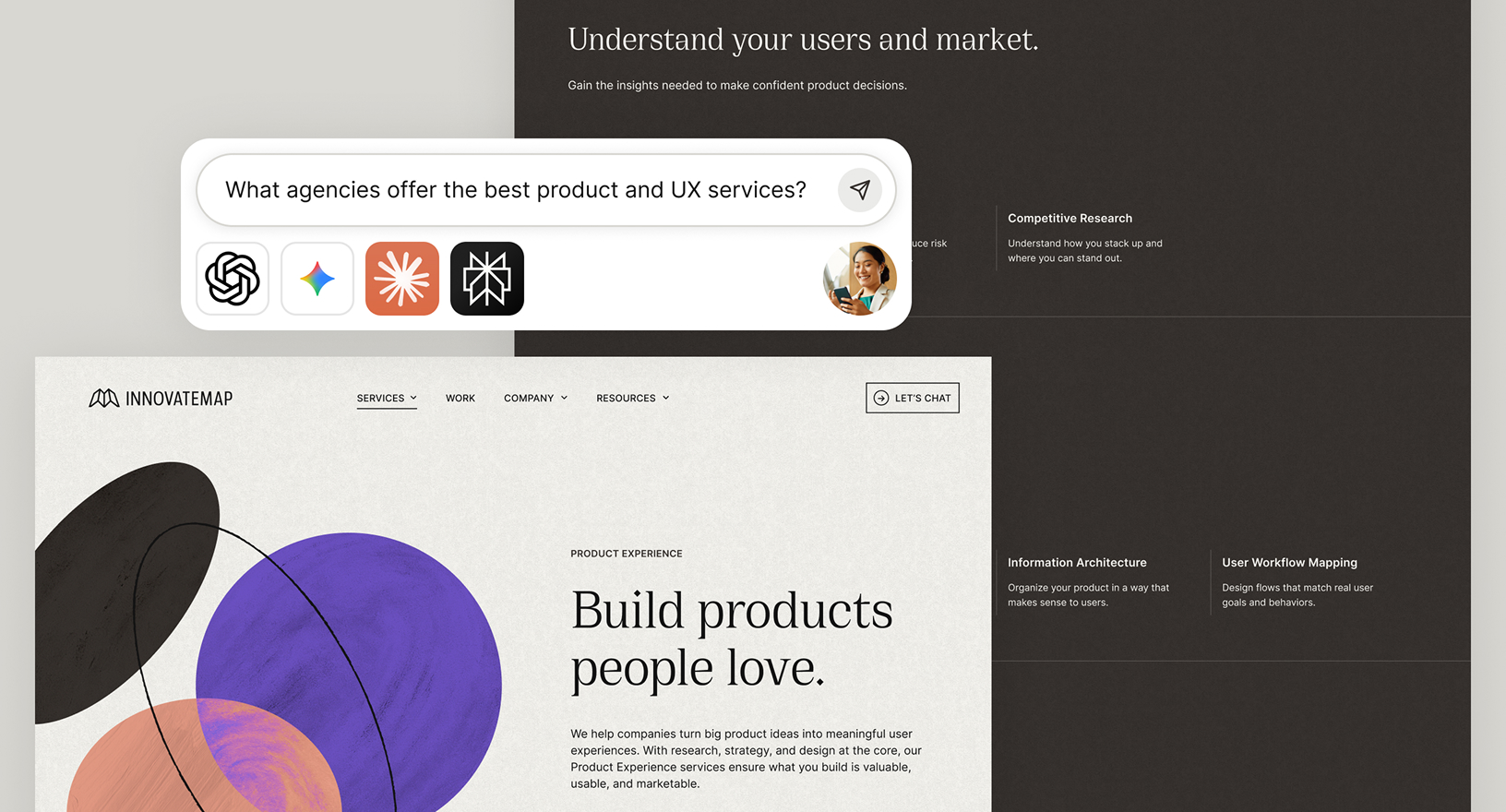
AI is reshaping the buyer journey. People aren’t starting with Google anymore. They’re starting with AI tools like ChatGPT that filter, summarize, and narrow their options long before they ever reach your homepage. “Optimize for search” still matters, but it now extends far beyond keywords: your reputation, social proof, and presence across channels influence how AI finds and ranks you.
By the time a prospect gets to your site, you’re not introducing your company, you’re validating it. Your website should answer deeper questions, showcase credibility, and make your product easy to explore.
Clarity wins here. Use your site to prove your value, align your message to buyer intent, and remove friction from the path to conversion. Don’t just design for how crawlers read—design for how modern buyers decide.
Our insights on
AgeTech is having its moment. Let’s build it right.
There’s real energy building around AgeTech and for good reason. Today’s older adults are more familiar with technology than any generation before them, and their children have grown up using it to manage every part of life. Now, both groups are turning to digital tools to solve the daily challenges of aging well: coordinating care, tracking information, and staying connected across families and providers.
Working with innovators in the space like Arlow, Majestic Care, What Friends Do, and Carefeed, we’re seeing how much potential there is when technology meets empathy. The excitement is real, and so is the responsibility.
Designing for this audience requires accessibility, clarity, and trust. You can’t serve older adults with products made for Gen Z. These tools must be clear, respectful, and protective. They must be built to empower, not exploit. The future of AgeTech won’t be defined by who builds the fastest app, but by who builds the most human one.
Our Insights on
Focus on one core audience. Solve their problem well.
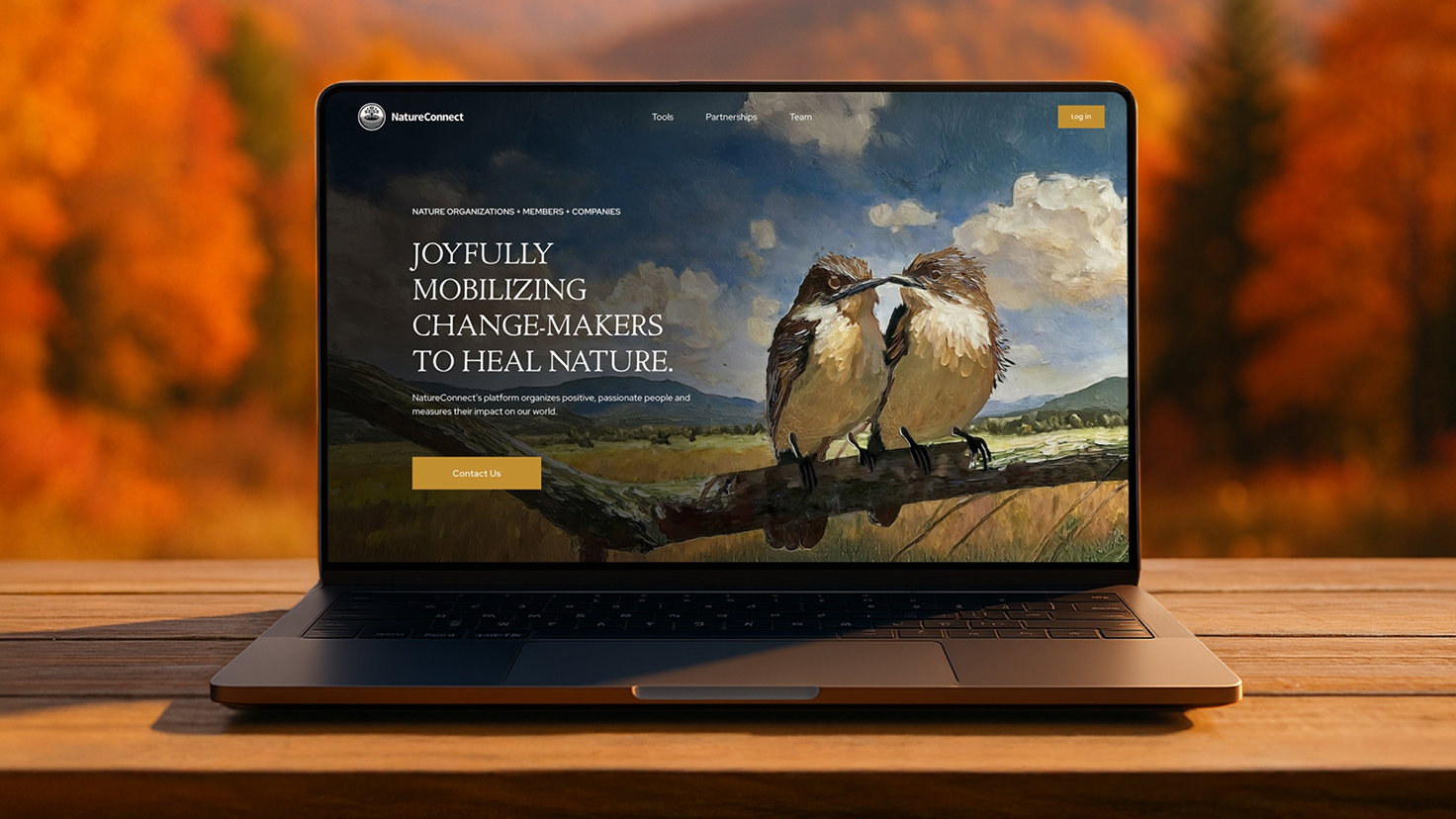
Vertical SaaS isn’t just a trend. It’s good product practice. The most successful software starts by solving one clear problem for one specific user.
In a niche space, that focus brings instant clarity. You’re solving for a defined group with unique workflows—ones so specific they can’t imagine anyone else understanding them.
When a product finally gets built just for them, it’s a delight. It feels personal, and it works. That’s what we’ve seen with our partners like Pulse Charter Connect, NatureConnect and Parspec: software designed for one community that scales far beyond it.
Focusing on a narrow market doesn’t limit your opportunity; it sharpens it. By starting with one defined user and solving their problem deeply and well, you build a foundation that can evolve, expand, and serve many more—without ever losing its purpose. It’s often how you create something extraordinary.
Our Insights on
Evolve the brand.
Elevate the experience.

Done right, a rebrand does more than modernize your appearance; it redefines how people feel about what you’ve built and why they’ll continue to choose you.
When competition intensifies, a rebrand can’t just be a paint job. It must align your story and product with modern expectations. That starts with reducing friction: retire outdated patterns, simplify workflows, and modernize navigation. Talk to customers to uncover where they stumble, and let real usage, not assumptions, determine what stays and what goes.
The real challenge isn’t change; it’s balance. You can’t alienate loyal users while appealing to new ones. Great rebrands honor the trust you’ve earned and clearly signal where you’re headed next. They align your visual identity, brand story, and product, creating a seamless experience that feels both familiar and fresh.
We experienced this firsthand with PMWEB. They built on their strong foundation, refining what worked, removing what didn’t, and connecting a refreshed brand to a cleaner, more confident product experience.
Helping you turn signals into strategy.
Working alongside dozens of companies each year, we start seeing patterns. We see what accelerates momentum and what slows it. These insights aren’t theory. They’re grounded in the work we deliver every day. Use them to build products people love and tell stories that connect.
Product
Experience
Craft the right thing — and make it exceptional. We help you shape your product strategy, understand users, and deliver experiences that are intuitive, valuable, and scalable.
Go-to
Market
Say the right thing — and make it stick. We help you position your offering, sharpen your message, and build the brand and assets you need to win customers.

